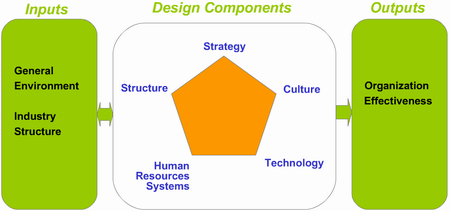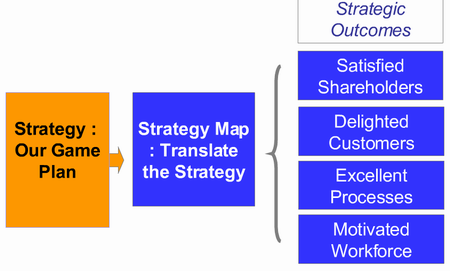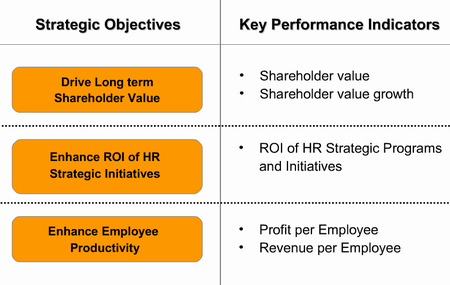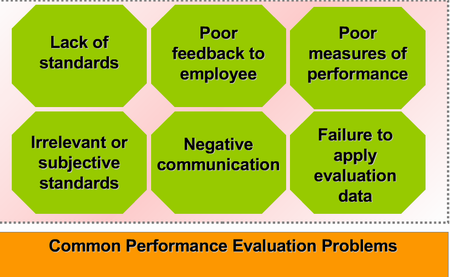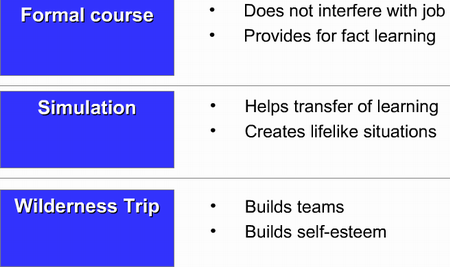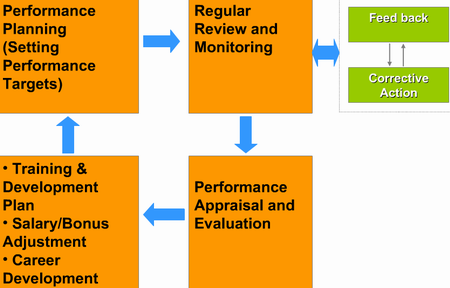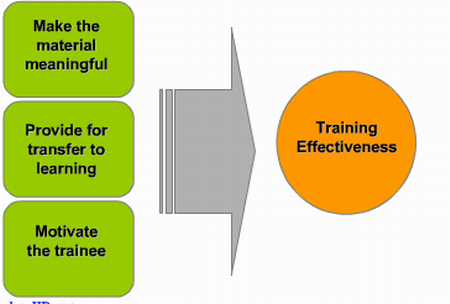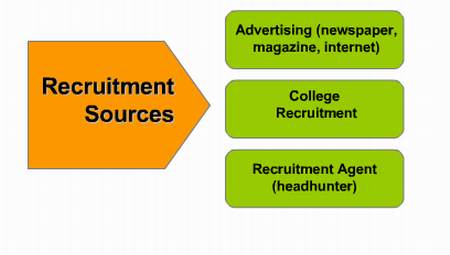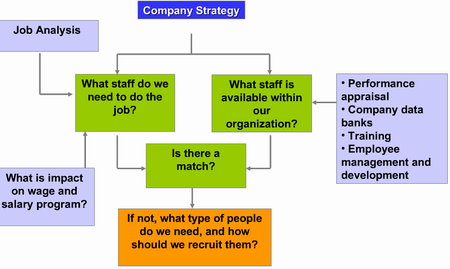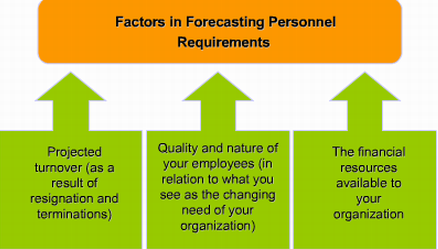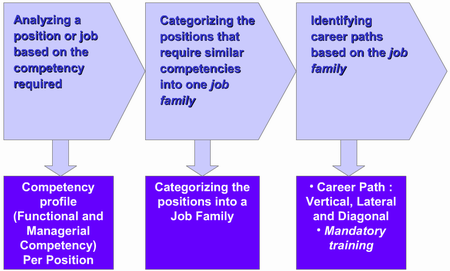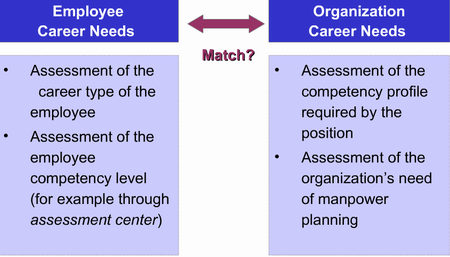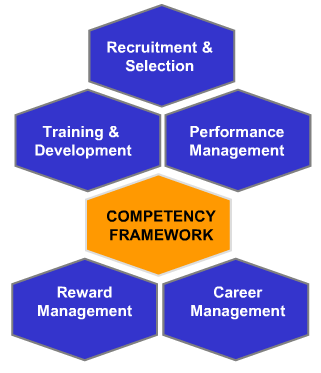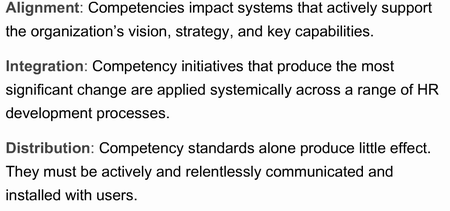What does the term “human resource metrics” mean? There are different approaches to defining these indicators and their essence, but the most objective understanding of this term implies that these are measurable guiding principles, which are generally applied by organizations of different sizes in order to work out cost-efficient business plans aimed at providing high workforce performance level. The main concept in the process of developing human resource metrics is personnel assessment. If you believe that evaluation of new applicants is easily done right from the start, then you are seriously mistaken. In most cases, this process appears to be a time-taking and even challenging procedure and lots of proficient human resource specialists face problems when coping with this task. Why is this procedure so painstaking? The thing is that it seems not viable to provide a proper and accurate assessment of each applicant without being aware of his/her capabilities, knowledge and experience. So, it is not surprising that even highly experienced recruitment specialists fail here. That is exactly why human resource metrics are essential in any serious organization and this is what HR departments are mainly concerned with.
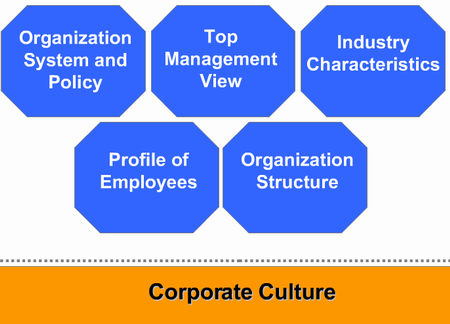
Collecting and working out a system of HR metrics for your business is the task which is not done easily. In most cases, it requires patience and responsibility to be completed accurately and effectively. However, if you manage to apply proper guidelines, this can maximize your chances for success! What should you better start with? One of the most significant and time-consuming things here is the process of gathering information about your workforce, their skillfulness and current productivity. There are several issues that have to be assessed here, but you will need time to define the most adequate number of metrics that can be applied here. By the way, experts admit that the most suitable number of indicators to be evaluated during this process is ten, so take your time to figure this out on time.
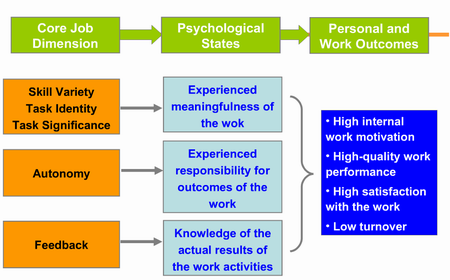
There is one more issue you need to keep in mind when comprising your human resource metrics. To provide the most effective evaluation of your business performance and personnel productivity, you need to consider versatile aspects of your business. These will obligatory involve workforce engagement, recruiting and retention, employee productivity, customer and manager satisfaction rates etc. The number of issues to be considered here may seem astounding, but if you know your business objective and strategies, then this choice will be facilitated for you.
